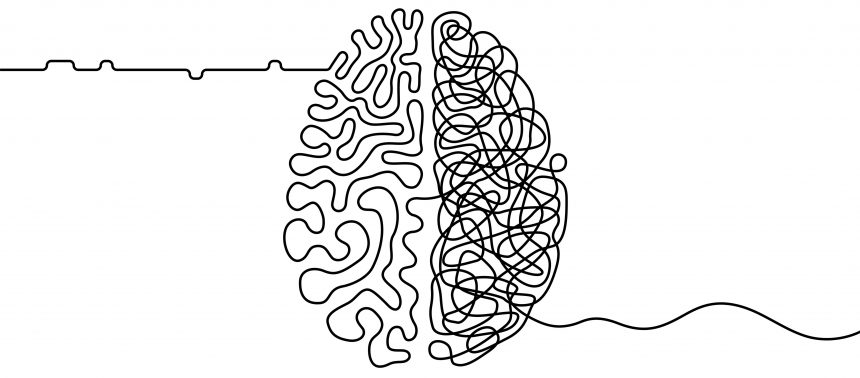Objectives of Trauma Therapy
- Symptom Management: Therapy helps to alleviate symptoms such as flashbacks, nightmares, avoidance, anxiety, depression, hypervigilance, and emotional numbness.
- Facilitating Healing: Therapy endeavours to facilitate the healing process from the emotional wounds inflicted by traumatic experiences.
- Restoring Functionality: Therapy aims to help individuals regain control of their symptoms and build coping skills. Learning new ways to cope can have a positive impact on relationships, work, hobbies etc.
There are many approaches to trauma therapy and here at A.I.M. my approach uses a three-phase model. Designed to support clients with a diagnosis or suspected diagnosis of PTSD or Complex PTSD. Trauma therapy is usually more directive in Phase 1 and 2 and phase 3 can feel more akin to counselling.
The different approaches to include:
- Cognitive-Behavioral Therapy (CBT): CBT techniques help individuals identify and challenge negative thought patterns and behaviours related to trauma. Exposure therapy, a subset of CBT, gradually exposes individuals to traumatic memories or situations in a safe environment. This helps to diminish the memories emotional impact by promoting habituation. Examples of therapies in this category would include Prolonged Exposure Therapy (PET) and Cognitive Processing Therapy (CPT).
- Eye Movement Desensitization and Reprocessing (EMDR): EMDR combines elements of CBT with bilateral stimulation (e.g., eye movements or taps). This helps the individual to process the traumatic memories and reduces their emotional intensity.
- Narrative Therapy: This approach assists individuals in reconstructing their personal narratives to foster resilience and empowerment. It encourages reframing experiences to develop a more coherent understanding of oneself and the trauma.
- Mindfulness-Based Approaches: Techniques like meditation and body-centered practices promote awareness and acceptance of thoughts, emotions, and sensations associated with trauma. Mindfulness-based interventions can be helpful in the safety and stabilisation phase of of trauma treatment, phase 1. By enhancing relaxation, emotional regulation, and self-compassion.
- Psychodynamic Therapy: Exploring past experiences and early childhood relationships and attachment patterns can help individuals to understand how they influence current thoughts, feelings, and behaviours. This insight aids in comprehending trauma-related symptoms and coping mechanisms.
- Somatic based therapies: Movement (yoga), breathwork, and body awareness techniques helps release tension and trauma-related energy stored in the body. These approaches complement traditional counselling by addressing physiological aspects of trauma.
In conclusion, trauma therapy is tailored to meet your needs and preferences through fostering a collaborative and supportive therapeutic relationship. Further, its primary aim is to establish a safe environment where you can explore and process your trauma.

